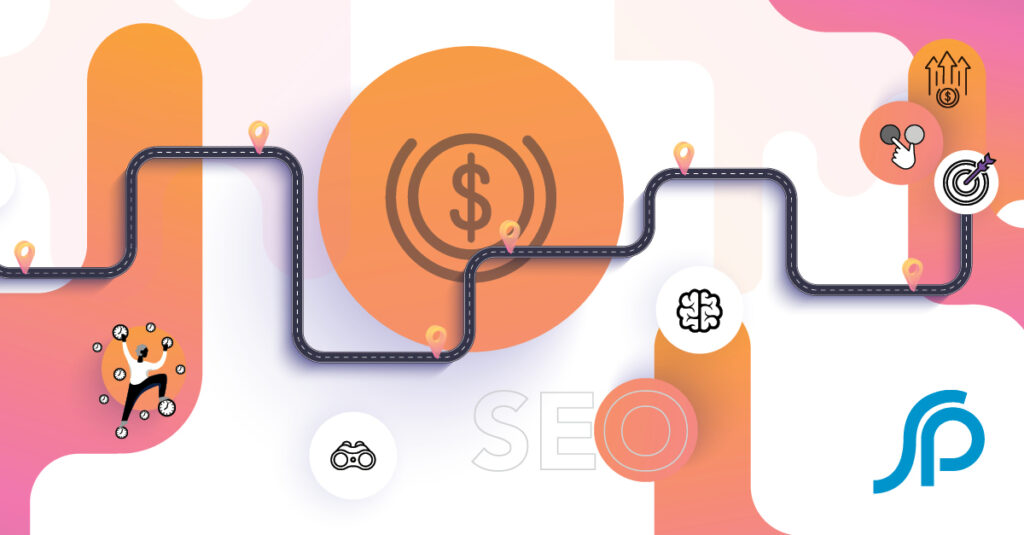Marketing for High Involvement Purchases

Few consumers think much about purchasing a tube of toothpaste. We rely on familiar brands. Since this is a routine purchase with minimal risk, buyer involvement is generally low, and decisions are made quickly.
High involvement purchases are a different story. Potential customers, whether consumers or business buyers need more information before buying. Often, products or services are purchased infrequently, significant differences exist between brands, and decision-making is more complex for the buyer.
If you market for big-ticket, high involvement items, here are three areas to consider when developing your strategy and tactics.
THE STARTING POINT IS GETTING FOUND
When developing a marketing strategy for high involvement purchases, targeting matters more than mere exposure, and Search Engine Optimization (SEO) should play a prominent role. Analyze how potential buyers are discovering your solution. What keywords or phrases are used during a search during the early investigation stages? How do search terms evolve and become more specific as buyers learn about solutions?
The buyer’s initial goal is to find possible solutions. Once they find your website, the buyer quickly scans the content. Buyers may slow down and read the copy if you appear to be a contender, or simply bookmark the site and continue the hunt for possibilities.
According to a study conducted by the technology company, Episerver, 92% of consumers visit a brand’s website for the first time for reasons other than making a purchase. In high involvement purchases, the reason for the initial visit could be learning about benefits, determining purchase requirements, budgeting, or credentialing a solution.
Even when your brand appears to be the perfect fit, buyers can be slow to move from investigating solutions to evaluating items for purchase. For high involvement purchases, buyers worry about eliminating risk. Consider using gated content which promises to help buyers avoid the negative consequences of a wrong decision, as a way to collect contact information for buyers who are ready to evaluate solutions.
STAY CONNECTED OVER THE LONG-HAUL
It’s not enough to have a strong brand when selling a big-ticket item. You need to make strong claims, back them up, and build a case to prove you are the right solution for the buyer. All this requires you to stay connected using progressive communication containing research and success stories.
Interviewing five to ten customers who recently purchased can help you fine-tune both messaging and campaigns, and determine if you are on target in the following areas:
- Do recent customers closely align with your ideal customer profile?
- What benefits appealed to them and prompted them to buy?
- Why did they select you instead of a competitor?
When buyers invest large amounts of energy and time investigating a solution, they only buy when they feel confident they’re making the right choice. In all communications, it’s essential to come across with authority, and print can help inspire buying confidence.
THE POWER OF PHYSICAL CREDIBILITY
Imagine this. You are shopping for a big-ticket software solution for the marketing department at your company. After months of digital research and in-office discussions, you narrowed the field to two contenders, companies A and B. Both A and B offer similar benefits at similar price points. You’re unsure which way to go, so you schedule an online meeting with the sales reps at both companies.
Before the meeting, a box arrives from company B. The first item you see is an envelope addressed to you. It contains an invitation to scan a QR code and view a video. You grab your smartphone and scan. It’s a personalized video. You’re greeted by your sales rep, who thanks you for the meeting.
The video ends, and you explore the box’s contents, finding printed copies of collateral and case studies you previously viewed online. There is new information, too. One printed sheet introduces your implementation team, including pictures and contact information. Another sheet contains a comprehensive list of helpful videos about the solution you’re considering.
You keep the box, look at the information more than once, and watch one of the recommended videos.
After talking to salespeople at both companies, your boss stops by your office and asks for your recommendation. You dig a case study out of the box and say, “I think we should go with company B.”
Print could make a difference when you’re marketing big ticket items and want to tip the scales in your favor at a critical point in the buyer’s journey. Buyers recognize that printed materials cost more than digital touches, so print conveys the message that a successful brand has financial resources, which reassures buyers and adds to authority.
Print is often kept and reviewed multiple times, and several studies have shown paper outperforms screens when comparing information comprehension and retention. And adding QR makes it easy to turn physical print into a portal for online information.
Neuromarketing research on print versus digital advertising conducted for the Canadian Post Office attests to the benefits of printed material. The study found:
- Printed direct mail takes 21% less thought to process than digital mail while creating much higher brand recall.
- Direct mail is more persuasive than digital media, with a 20% higher motivation response; this rate goes even higher for multisensory marketing items.
- Direct mail is processed more quickly in the human brain than digital mail is.
- Direct mail is more likely to drive consumers to act on the marketing message than digital media.
When marketing for high-involvement products and services, a clear view of the targeted customer, an effective SEO strategy, and progressive campaigns that communicate your brand’s story and make a case for your solution are required. Print is the add-on that helps you stand apart and helps you convert leads into customers.
Share
